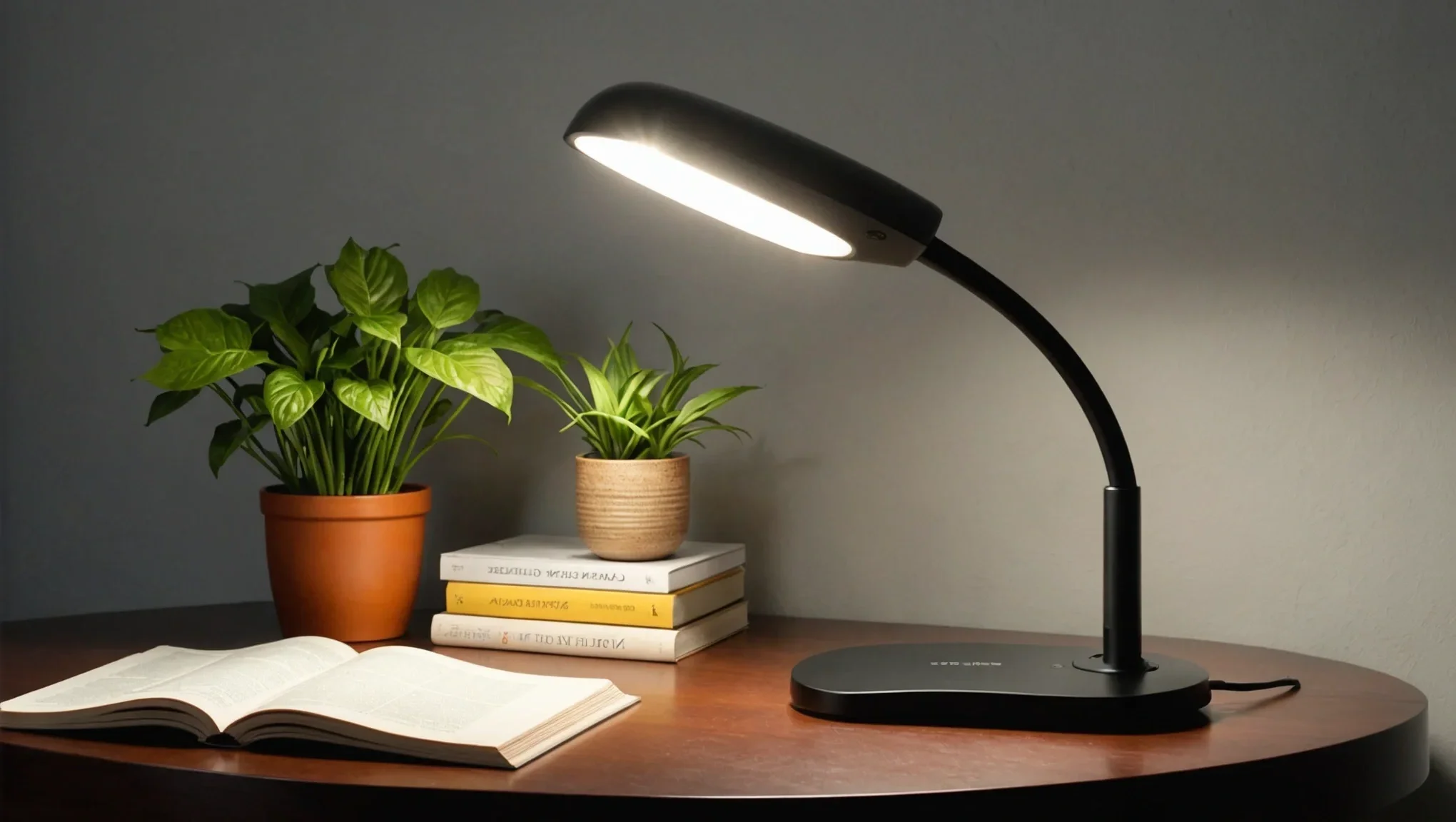Bright Light Therapy: A New Ray of Hope for Mood Disorders
What Is Bright Light Therapy?
Bright Light Therapy (BLT) involves sitting near a specialized light box that emits a controlled intensity of bright, artificial light — usually 10,000 lux — for a set period, typically in the morning. By influencing the brain’s internal clock and neurotransmitter systems, BLT can improve mood, energy, and sleep-wake regulation. It has been typically used for Seasonal Affective Disorder (SAD), but emerging evidence shows it may help with a wider variety of mental health conditions.
Why It’s Becoming More Widely Used
Fast-acting mood benefits, often within days
Non-medication adjunct, helpful for those seeking alternatives
Low risk profile, with only mild, temporary side effects for most users
Emerging Evidence:
Barbara Parry’s Foundational Research
Barbara Parry’s chronobiology work has shaped much of what we know about circadian rhythm (the body's internal 24-hour cycle that regulates sleep-wake patterns) changes in mood disorders.
Her research demonstrates:
Mood disorders often involve circadian misalignment
BLT can correct timing of melatonin release and improve mood
Light timing (morning vs evening) dramatically changes therapeutic effects
Her studies remain essential in guiding BLT use for women’s mental health conditions.
Bipolar Disorder
High-quality studies show that BLT — when used alongside mood stabilizers — can significantly reduce depressive symptoms in bipolar disorder. Newer evidence highlights:
Effective morning or midday timing
Higher response and remission rates compared to dim-light
Minimal risk of mania when protocols are followed carefully
Postpartum & Perinatal Depression
BLT is increasingly studied for postpartum and pregnancy-related mood symptoms:
Pilot studies show large remission rates using morning light therapy
Ideal for new mothers seeking non-pharmacologic options
Timing of treatment during the day or night helps correct circadian rhythm
PMDD (Premenstrual Dysphoric Disorder)
Studies show that women with PMDD often have a reduced response to morning light in the luteal phase, contributing to circadian rhythm disruption. BLT has shown:
Significant melatonin rhythm correction
Measurable mood improvement
A clear link between circadian shift and symptom relief
How Bright Light Therapy Differs From Natural Sunlight
(Some patients ask “Why can't I just go outside?” Here’s the simplified answer.)
Bright light therapy delivers a controlled, therapeutic dose of light — something typical sunlight exposure rarely provides in a consistent way.
In short:
BLT delivers 10,000 lux at a specific distance, while indoor light is ~100 lux and outdoor light varies widely.
BLT provides precise timing, which is crucial for mood regulation and circadian alignment.
You can use BLT consistently — even on cloudy days, in winter, or indoors — ensuring stable therapeutic effects.
This isn’t “just sitting in the sun.” It’s a structured, reproducible medical treatment.
Practical Tips for Using Bright Light Therapy
Use a 10,000 lux light box for 20–30 daily
Keep the box at the recommended 45-degree angle down toward your eyes
Be consistent — daily use produces the best results
Discuss proper timing with your clinician, especially if you have bipolar disorder or PMDD
Monitor mood shifts and adjust duration or timing as needed
Work With Tranquility Psychiatry
If you’re managing PMDD, bipolar depression, postpartum depression, or another mood condition, the team at Tranquility Psychiatry can help determine whether bright light therapy is right for you.
We provide:
Personalized evaluations
Expert guidance on choosing light boxes
Customized timing and dosing protocols
Integrated treatment plans (medication, therapy, chronotherapy)
Ongoing monitoring and support
👉 Ready to get started? Contact Tranquility Psychiatry today to schedule your consultation.



